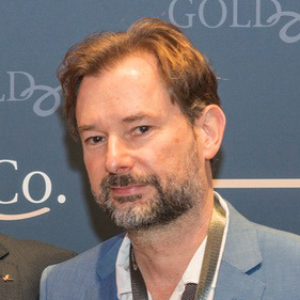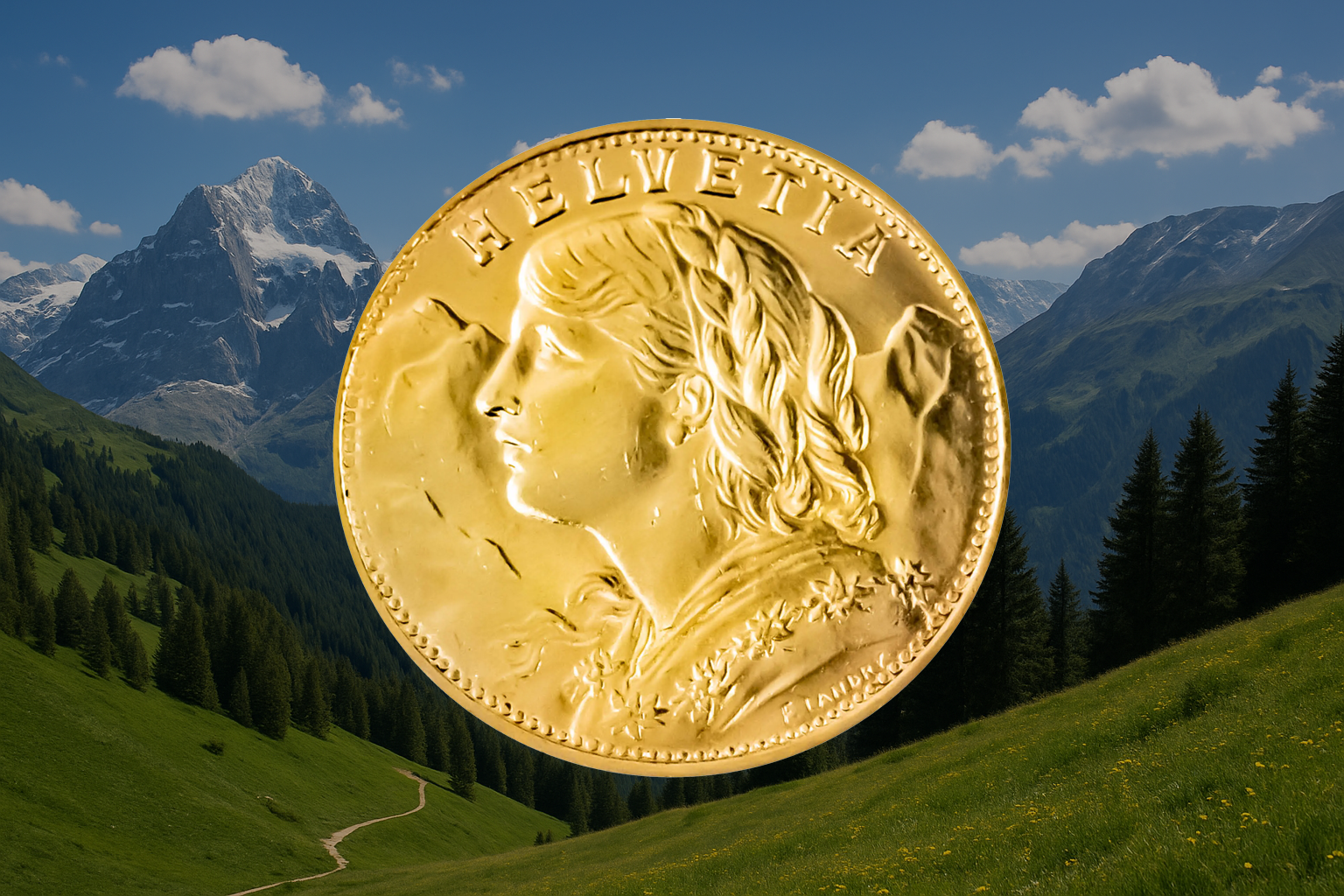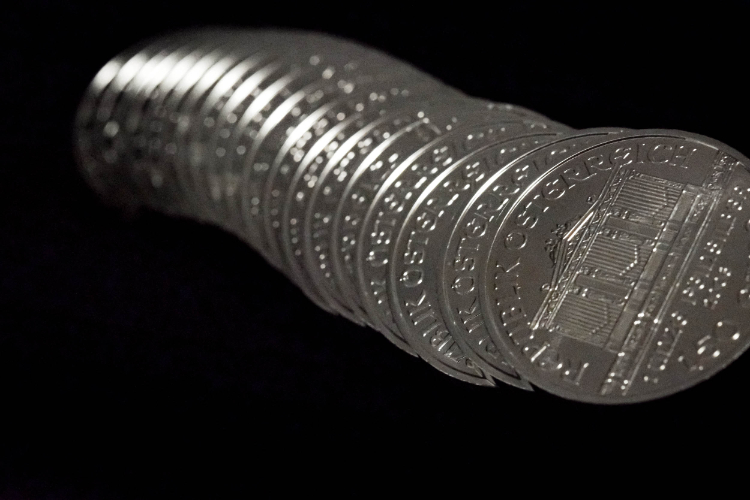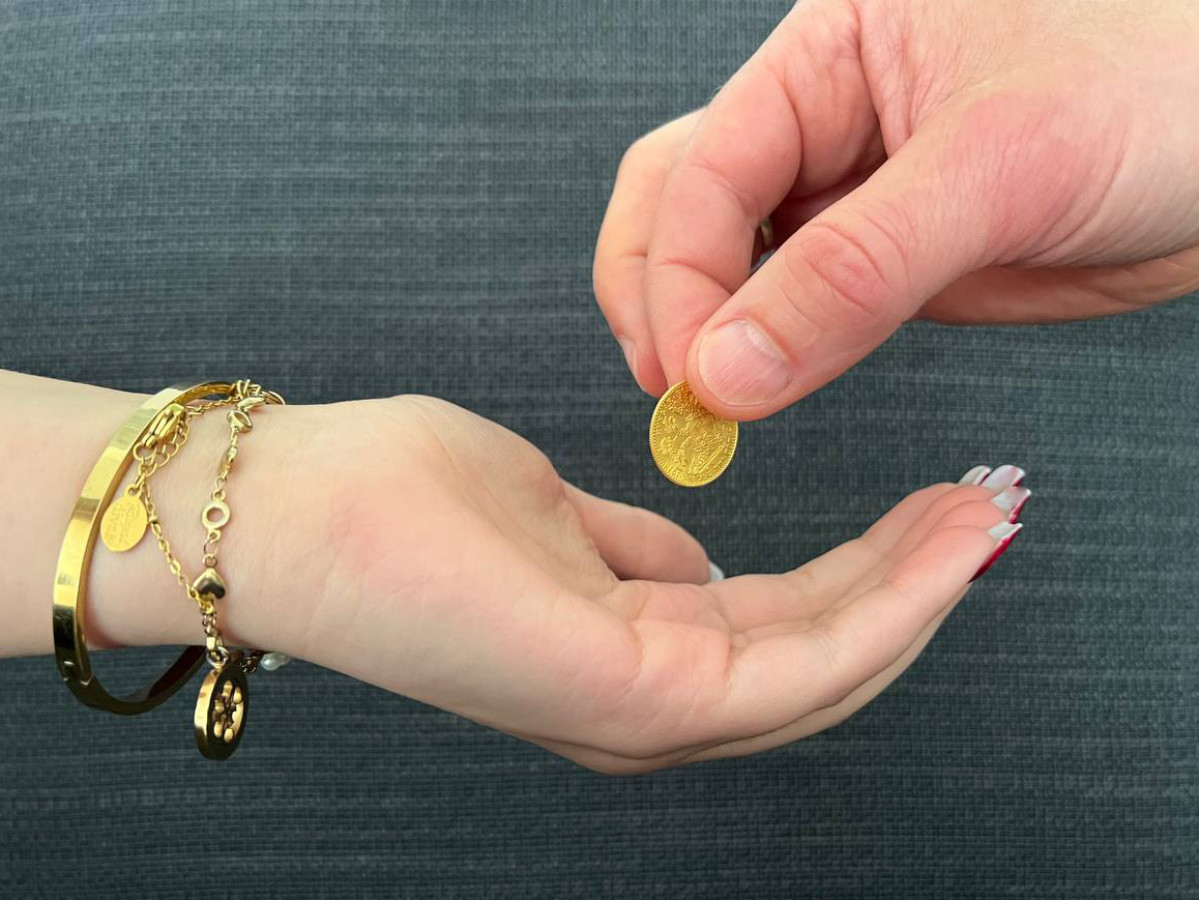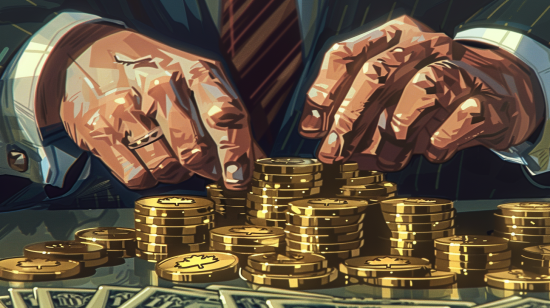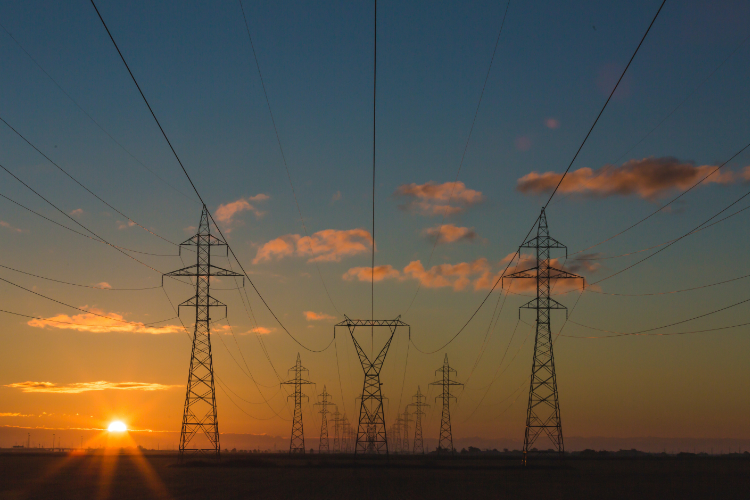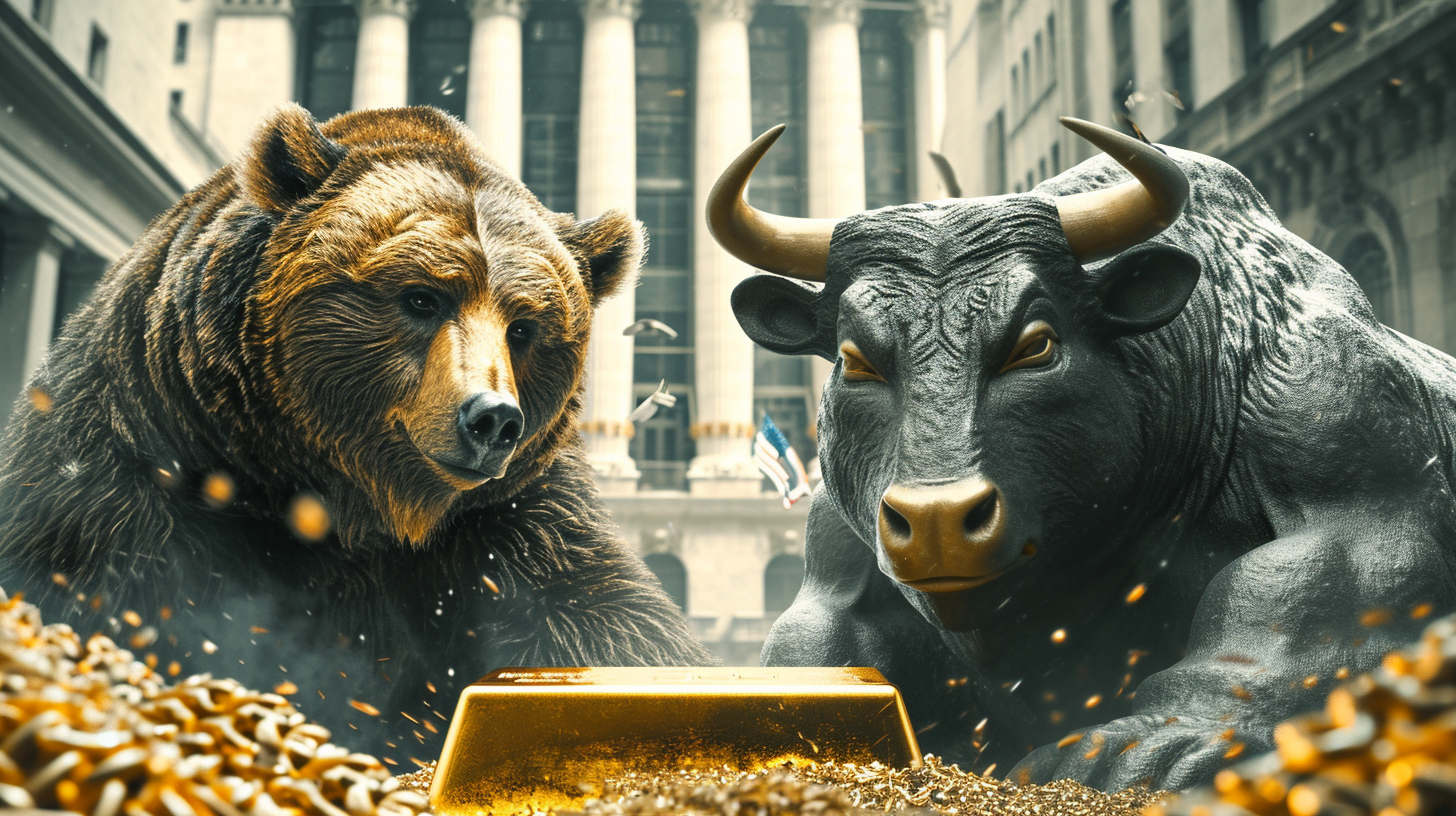
Review of the gold price trend in 2024
The development of the gold price this year surprised even experts. Not because gold generally became more expensive, but because it rose at an unusual pace and with remarkable consistency. By the end of October, the gold price had set an astonishing 45 record days. By then, the price had risen by more than 30 percent over the course of the year.
What has happened in the past few months?
- More and more countries, especially those close to the BRICS community, reduced their dependence on the US dollar as a reserve currency(de-dollarization).
- This led to a high demand for gold from governments in the form of rising gold reserves worldwide.
- Although US inflation fell significantly after the peak phase in 2022 (2.7% in November 2024), it remained above the level targeted by the central banks.
- At the same time, the cycle of rising key interest rates ended in summer 2023 and the Fed cut interest rates again in September 2024 for the first time since 2020.
- Increasing geopolitical tensions, particularly with Russia's attack on Ukraine and the escalating conflict in the Middle East, also increased the need for financial hedging, including among state entities.
In short, a weakened US dollar, the prospect of falling interest rates and strong government demand for gold formed the basis for the rise in the gold price this year. However, one aspect was responsible for the particular price momentum.
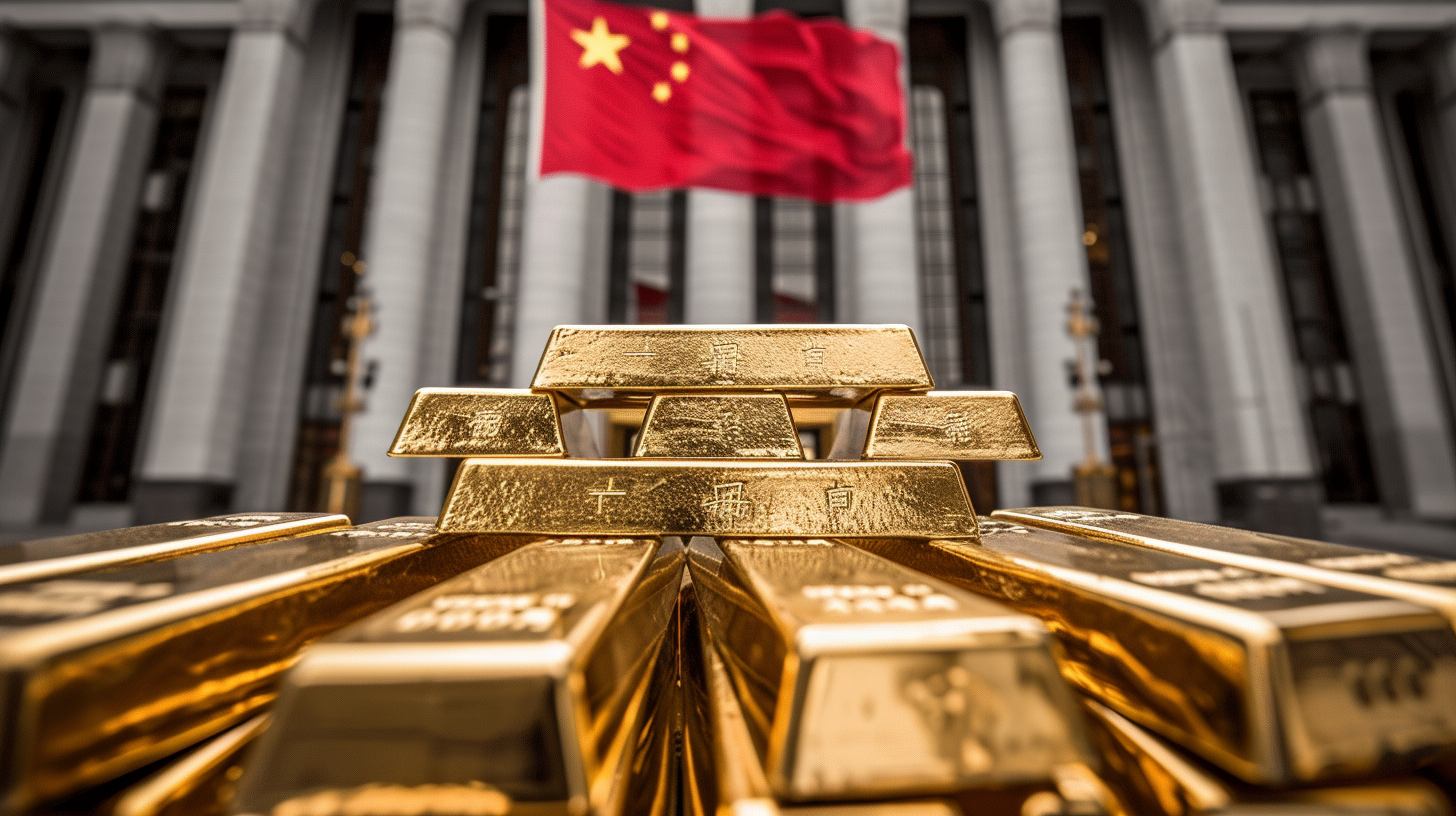
Gold price factor China
The first half of the year in particular was characterized by unusually high Chinese demand for gold and a massive physical migration of gold to China. Gold was withdrawn from Western trading centers by the ton and sold to Shanghai.
The substantial Chinese gold deliveries via the Swiss gold hub, whose refineries supply up to two thirds of the global demand for processed gold, are documented. From January to May alone, 276 tons of gold reached China via this route.
The main trigger for the large transfers was the gold price premiums of up to 100 US dollars on the international gold price there. This meant that it was attractive for Western gold traders (banks) to buy gold on the domestic market in order to sell it at a profit in China.
And this aspect may also be relevant for the development of the gold price in the coming year if the system repeats itself.
Outlook & forecast 2025
Which factors could still have a decisive impact on the gold price in the coming year? Let's take a look at the most important fundamental framework conditions for gold.

US dollar
A weak US dollar means strong gold - and vice versa. Rising interest rates in a country can temporarily increase the value of a currency in competition - and vice versa. This can be seen in corresponding exchange rate movements, e.g. the euro-dollar exchange rate.
However, for decades we have seen the systematic dilution of the purchasing power of the dollar, euro and co. through rising debt and inflation. In the end, all money depreciates against gold, which is reflected in a continuously rising gold price.
What can strengthen the dollar in the short term? Substantial economic growth and stagnating or rising interest rates, for example. But even in a serious crisis, demand for the dollar can rise in the short term.
What can weaken the dollar in general? Falling interest rates and/or a recession, for example. Or in terms of global politics: the increasing departure of large economies or associations of states from the dollar as a trading and reserve currency, as we are seeing with the BRICS countries, for example.
In short: anything that temporarily strengthens the US dollar in 2025 tends to be bad for the gold price and vice versa. In the long term, we can expect the dollar to continue to depreciate against gold.
Inflation and interest rate expectations
Central banks are in a dilemma if inflation remains high (over 3% in the US, for example) and the economy fails to gain momentum. Keyword: stagflation. Meanwhile, many market participants are expecting a small US economic miracle from the new President Donald Trump. It can be assumed that Trump will continue to exert pressure on the US Federal Reserve in his second term of office.
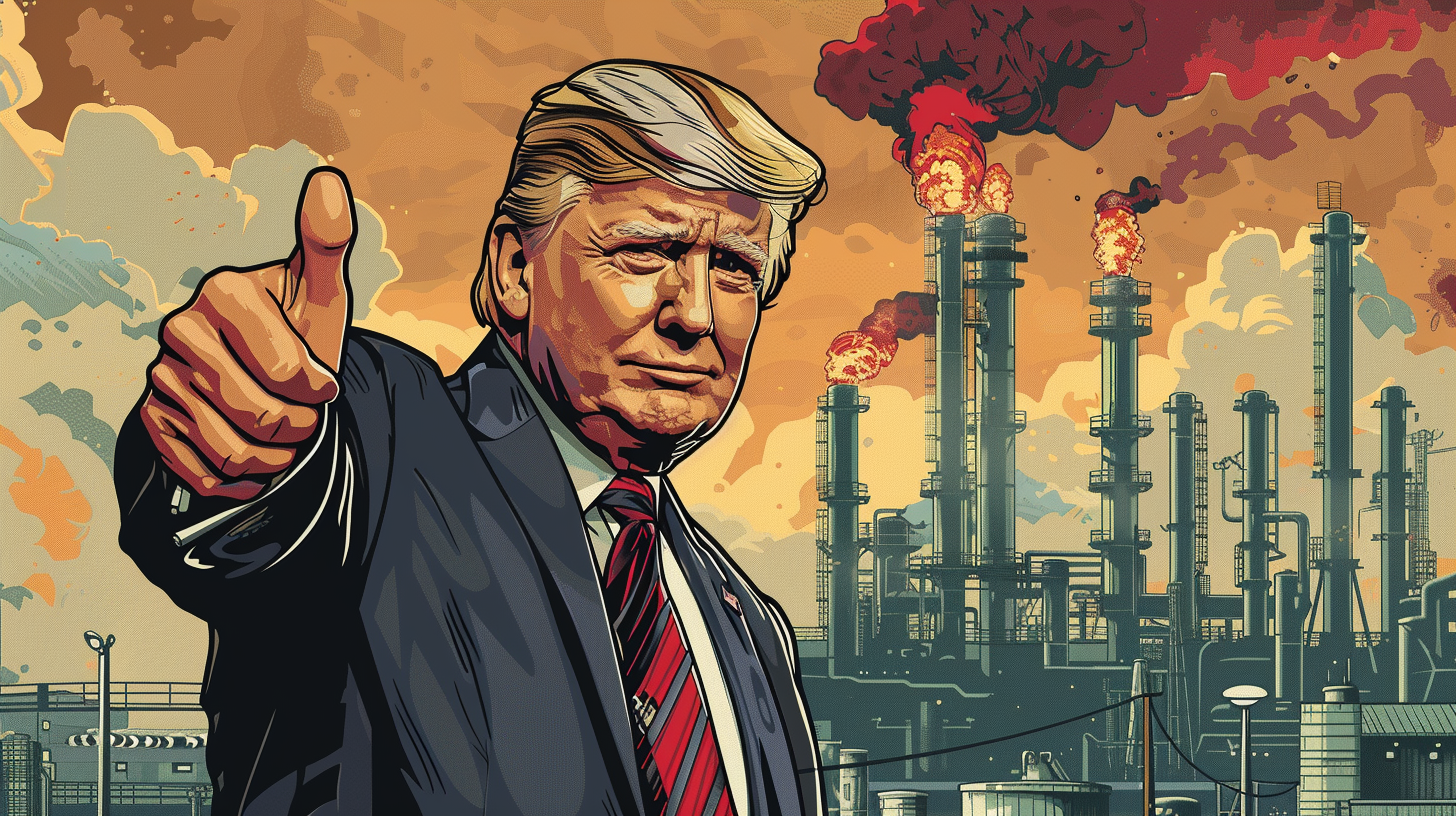
It needs favorable monetary policy conditions - in case of doubt at the expense of higher inflation rates. After all, low interest rates are necessary to encourage investment and make borrowing sustainable. New investments in fossil fuels, as Trump would like to see, could dampen energy prices - at the expense of the environment, of course.
In short: low interest rates, rising debt, persistent inflation: these are aspects that speak in favor of a rising gold price in the medium and long term.
No further interest rate hike is initially expected for January. Further economic developments will show where the journey will take us in the coming year.
Geopolitical tensions and crises
Geopolitical tensions and wars, such as in Ukraine and the Middle East, between the USA and China (Taiwan), repeatedly cause uncertainty on the markets. Such crises and their escalation usually only have a direct impact on the gold price in the short term. However, there are always medium and long-term effects. This manifests itself in stronger national demand for gold, often rising energy prices, higher borrowing and therefore also inflation.

On the other hand, it could weigh on the gold price in the short term if there are signs of an end to the war in Ukraine. This is because investors could increase their risk appetite and withdraw money from defensive assets such as gold.
In short, a de-escalation of geopolitical crises such as the one Trump is aiming for could encourage investment, remove uncertainty from the markets, dampen energy prices and have a positive impact on global trade. The gold price could come under temporary pressure in this environment.
Private demand for gold
Gold is not only bought in bad times, but also when people are doing particularly well. This aspect applies above all to Indian demand for gold. For decades, this physical demand for gold was a significant factor in the gold price.

However, this influence has been declining in recent years, partly due to the emergence of gold derivatives. In addition, purchasing power on the Indian gold market is largely dependent on agricultural yields. It is estimated that around 60 percent of Indian demand for gold comes from farmers who hedge their income with gold. In Turkey, there is a similar savings behavior, aware of the traditionally high Turkish inflation.
In short, rising prosperity in the emerging markets is also boosting physical demand there. However, this can be regarded as a secondary aspect in the search for factors behind a sharp rise in the gold price.
Keep an eye on: For example, the figures on Indian gold imports, which are also documented monthly in the Swiss export figures. After all, the Swiss supply up to two thirds of the global demand for processed gold.

China and the emerging markets
As already explained in the review, China's demand for gold was a key factor in the sharp rise in the gold price in 2024.
It remains to be seen whether we will also see this momentum in the coming year. We need to take a closer look at the motives. Why is China increasingly demanding gold? Here are the most important factors, which are also significant in many emerging markets:
- Diversification of currency reserves: By increasing its gold reserves, China is reducing its dependence on the US dollar and aiming for a more stable and secure reserve base.
- Strengthening the national currency: The increase in gold reserves is intended to strengthen confidence in the national currency and promote its international use.
- Hedging against geopolitical risks: In times of global tensions, gold offers a safe haven to cushion economic and political uncertainties.
- Protection against inflation: Gold serves as protection against inflation and helps to preserve the value of national assets.
- Currency aspect: Gold can serve as a trading currency (independent of the US) or as a basis for building a gold-backed currency.
In short, the development of the gold price in the coming year also depends on how strong Chinese demand for gold is in line with the aforementioned needs.
Keep an eye on: The gold price premiums in Shanghai and Chinese gold imports.
Crash hazard
Surprises cause the most dynamic price movements on the stock market.
Until recently, the rally on the stock markets was also driven by a high volume of financial assets. A lot of speculative money flowed into shares associated with AI technologies. But the price of Bitcoin also rose sharply.

The positive development on the stock markets did not primarily reflect outstanding economic prospects. A large part of the rally can be attributed to the sheer availability of high liquidity, which found its way into the highest-yielding forms of investment.
Especially after the US election in November (Trump trade), many investors switched to "risk-off" mode.
But what will happen if the exaggerated prices should ever be resolved in a correction or even a crash?
We know from the past that safe havens are often sought after in a market panic. In an initial crash wave, however, US dollars were often in demand first. This is because cash is king in this phase. In contrast, well-performing assets are sold off in a run on liquidity. Experience has shown that gold can also suffer in such an environment, as was the case during the global financial crisis in 2008.
The big rise in the gold price then came with a delay, when governments and central banks had to combat the symptoms of the crisis with virtually unlimited liquidity and new borrowing. However, no one can predict such a crash scenario in detail - not even the ultimate cause or trigger of a panic. But you should always keep the context in mind.
Summary
A weaker dollar, driven by falling interest rates or recessions, could further support the gold price in 2025. Geopolitical crises and uncertainties often drive up prices in the long term, while a decline in such tensions could dampen the price.
China's demand for gold and government gold purchases remain an important factor, driven by currency diversification, inflation protection and geopolitical hedging. Rising prosperity in emerging markets can also fuel private demand for gold in addition to the aspect of private wealth protection.
A crash scenario could initially lead to a rise in the dollar before gold benefits from liquidity-driven measures. In the long term, the depreciation of currencies against gold is likely to continue.
Gold forecasts of the banks
What price trend are analysts at the major investment banks forecasting?
Goldman Sachs expects the price of gold to rise to USD 3,000/ounce by the end of 2025. Interest rate cuts by the Federal Reserve could cause the price of gold to rise by up to seven percent. The move away from the US dollar in favor of gold is seen as a long-term trend.
The Swiss UBS is forecasting a rise in the price of gold to USD 2,900 per ounce. Central banks could buy 900 tons of gold, driven by de-dollarization and geopolitical uncertainties. According to the bank, falling interest rates and a weaker US dollar could further increase the attractiveness of gold.
The experts at JP Morgan expect an average gold price of USD 2,950 per ounce in 2025, with peaks of USD 3,000. According to the analysts, this could be driven by the Trump policy, inflation and falling interest rates.
Bank of America forecasts an average gold price of USD 2,750 per ounce for 2025, with peaks of USD 3,000. However, consolidation phases could characterize the first half of the year. The drivers are geopolitical uncertainties, high US debt and central bank purchases.

Investment strategy 2025
If you want to secure your assets in the long term or are still building up your wealth, you should continue to invest regularly and consistently in physical gold. Setbacks can be used to make additional purchases. In the current environment, a 20 percent share of gold in liquid assets is a defensive recommendation - 20 percent of total assets in gold, on the other hand, is a respectable statement. If you want to invest speculatively, you should keep an eye on the risks.
However, it is also important to diversify your assets. You never know what will happen. So never put all your money on one card. That way, you are also well positioned for the coming year. If you want to invest speculatively, you should keep an eye on the risks.
